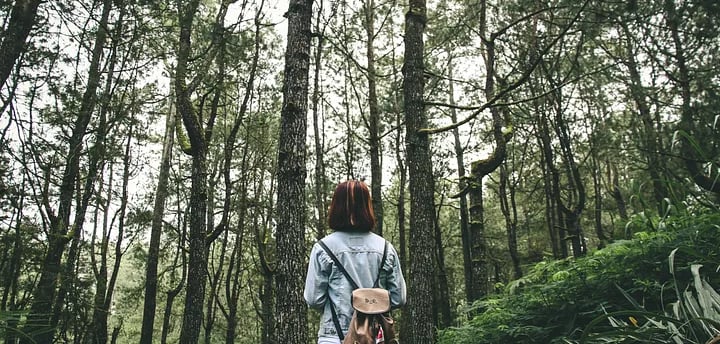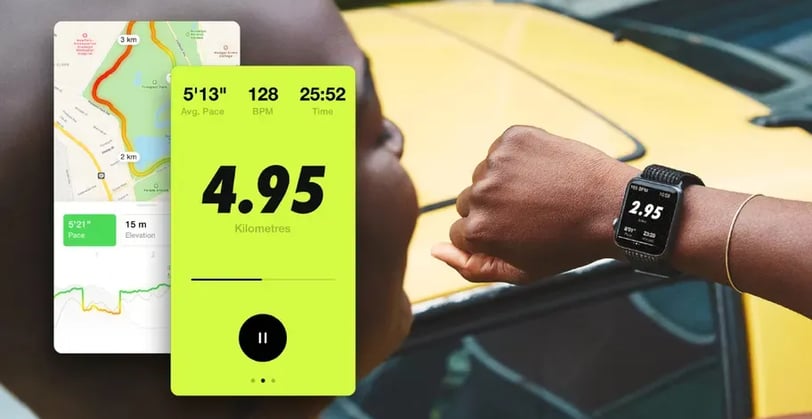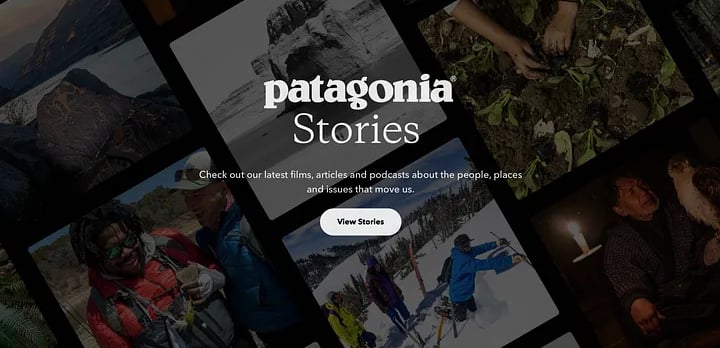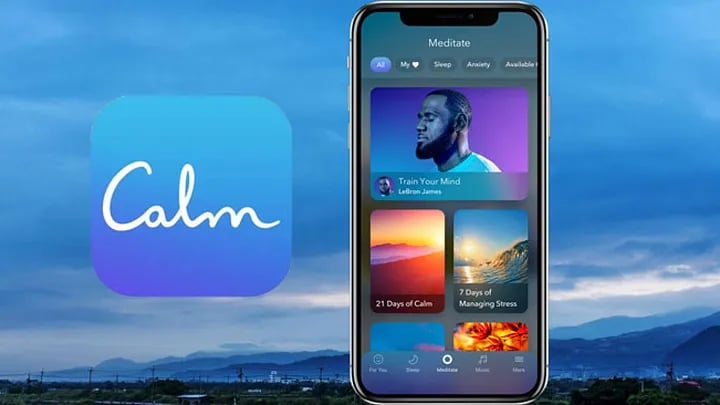UX Designers, Get Outside! How Nature Can Inspire Your Designs
As UX designers, we’re always on the lookout for ways to create more engaging and delightful user experiences. One source of inspiration that we might not always consider is nature.
Amber
5/1/20234 min read


Spending time outdoors can help us tap into our creativity and find new ideas for our designs. In this article, we’ll explore how nature can inspire and inform our UX designs, and look at some examples of companies that have successfully incorporated natural elements into their interfaces.
The Benefits of Getting Outside
Before we dive into how nature can inspire our designs, let’s first consider the many benefits of spending time outdoors. Research has shown that spending time in nature can reduce stress, improve our mood, and even boost our creativity. When we’re outside, we’re exposed to new sights, sounds, and smells that can stimulate our senses and spark our imaginations. By taking a break from our screens and immersing ourselves in nature, we can refresh our minds and come back to our work with renewed energy and focus.


Nike’s Run Club App
Nike’s Run Club app is designed to encourage runners to get outside and enjoy nature. The app uses GPS tracking to map users’ runs, and provides audio feedback on their pace, distance, and route. The interface incorporates natural elements, such as the changing colors of leaves to reflect the changing seasons, and motivational messages that encourage runners to keep going. By incorporating natural elements into the interface, Nike is able to create a more immersive and engaging experience for its users.
Using Natural Elements in UX Design
One way that nature can inspire our UX designs is by incorporating natural elements into our interfaces. For example, we might use earthy colors, organic shapes, or images of plants and animals to create a more natural and inviting feel. By doing so, we can tap into our users’ primal instincts and create a sense of comfort and familiarity. Additionally, using natural elements can help us convey our brand values, such as sustainability or environmental responsibility.
Patagonia’s Website
Patagonia, a company known for its commitment to environmental sustainability, uses natural elements in its website design. The website features earthy colors, natural textures, and images of outdoor adventures. The interface is designed to be intuitive and user-friendly, with a clear focus on the products and the outdoor lifestyle that they support. By using natural elements in the design, Patagonia is able to reinforce its brand values and create a more engaging and memorable experience for its users.
Emulating Natural Processes in UX Design
Another way that nature can inspire our UX designs is by emulating the natural processes that we observe in the world around us. For example, we might use the principles of biomimicry to create interfaces that mimic the behavior of natural systems, such as the flow of water or the way that leaves move in the wind. By doing so, we can create interfaces that feel intuitive and natural to our users. We might also look to natural processes as a model for how we organize and structure our content. For example, we might use the branching structure of a tree to organize our navigation or the interconnectedness of a web to visualize our data.




BMW’s iDrive System
BMW’s iDrive system is designed to be intuitive and user-friendly, with a focus on the driving experience. The interface is based on the principles of biomimicry, with a design that emulates the flow of water. The user can navigate through the interface using a controller that is designed to mimic the movement of a fish swimming through water. By emulating the natural processes that we observe in the world around us, BMW is able to create an interface that feels intuitive and natural to its users, while also reinforcing its brand values of innovation and sustainability.
Bringing the Outdoors Inside
Finally, another way that nature can inspire our UX designs is by bringing the outdoors inside. For example, we might use imagery or animations of the natural world to create a sense of depth and movement in our interfaces. We might also use sounds or music to create a calming or energizing atmosphere, similar to the way that natural environments can affect our mood.


Calm App
The Calm app is designed to help users relax and reduce stress. The interface incorporates natural elements, such as images of nature and calming sounds, to create a sense of tranquility. The app’s interface also features animated backgrounds that simulate the movement of the natural world, such as waves crashing on a beach or leaves rustling in the wind. By bringing the outdoors inside, the Calm app is able to create a more immersive and soothing experience for its users.
Conclusion
Incorporating natural elements into our UX designs can help us create more engaging and delightful user experiences. Whether we’re using earthy colors, emulating natural processes, or bringing the outdoors inside, nature can inspire and inform our designs in countless ways. By taking the time to get outside and observe the natural world around us, we can tap into our creativity and find new ideas for our interfaces. So next time you’re feeling stuck or uninspired, try taking a walk in the park or sitting outside for a few minutes. You might be surprised at the ideas that come to you!
Why not check out this article on Medium
And, if you like it, hit the follow button while you're there to keep up to date with my writing.


CONTACT
+44 0203 818 0987
contact@amberdesign.online
